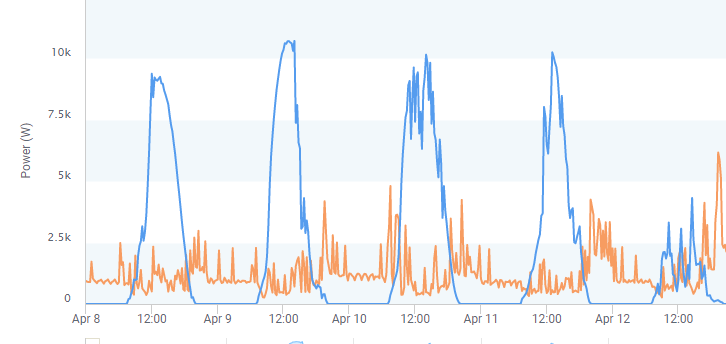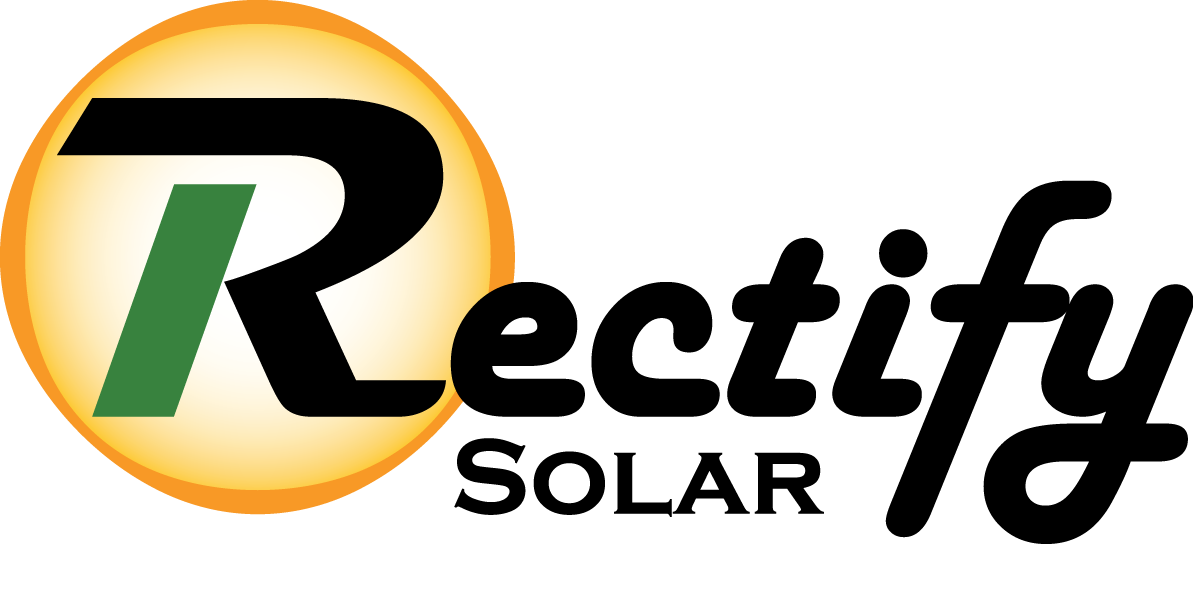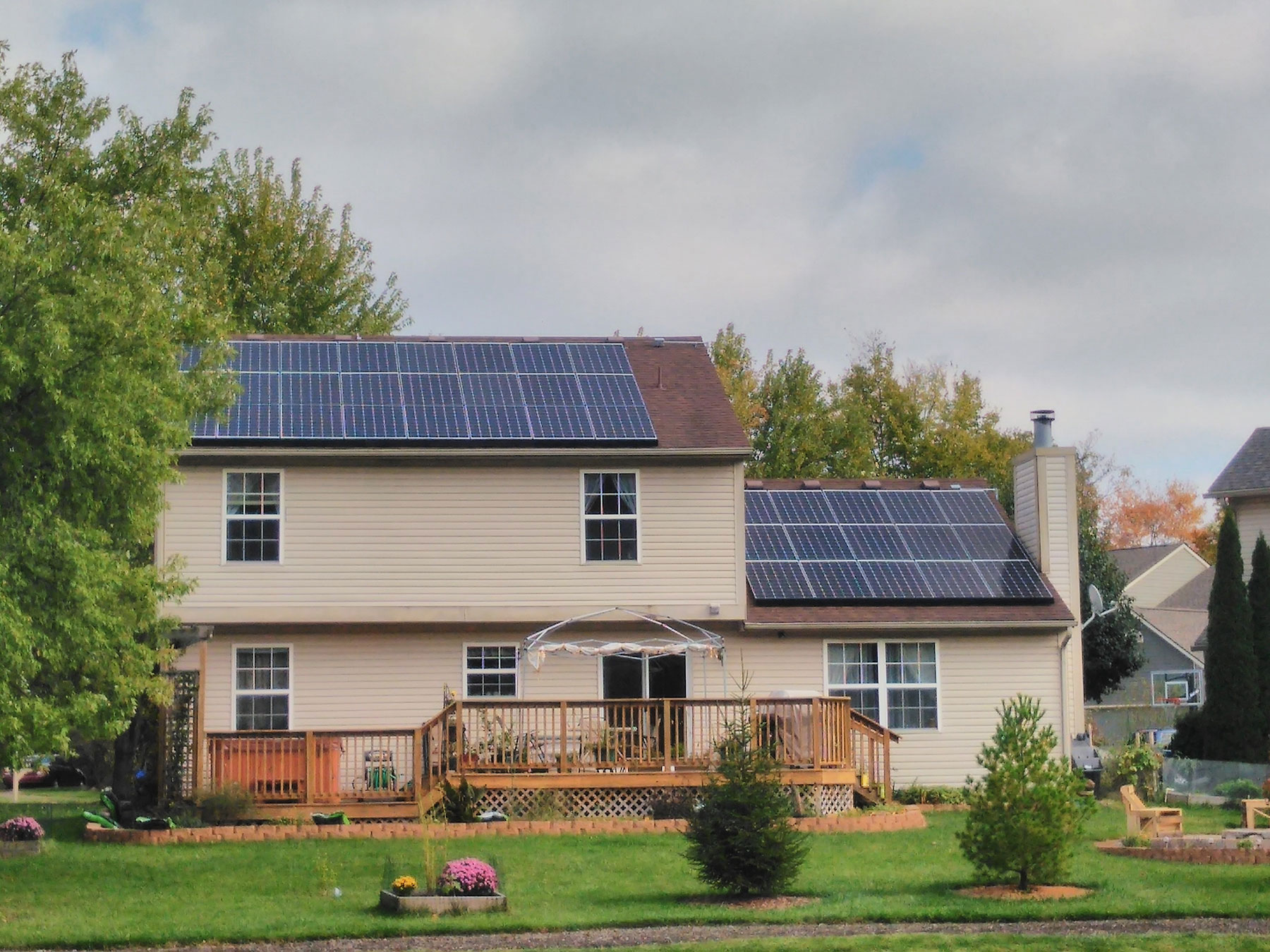Every inverter manufacturer will give you the ability to see the energy production of your solar system. This is important because you can have clarity that it is working and there are no issues with the system itself.

This is an example of the production realized from a solar array. You may notice there are some slight inconsistencies with the numbers, and that is not atypical. The discrepancies are due to slight differences in the production of the module, soiling on the module itself, slight fluctuations of the roof, and/or a combination of any or all of these.

This is what the power production curve for a solar array would look like. As you would expect, a clean parabolic curve, with peak output near noon on a clear spring sunny day on April 8th. The next four days show the resulting fluctuations of sunlight due to cloud cover and then a rainy day in the end. This level of monitoring is standard with any solar inverter.

The above graph shows the expanded capabilities of having home consumption monitoring added to your solar energy production. Most people find this to be a valuable tool so that you can see when and where your energy consumption within the home is occurring. For example, to use up solar energy when it is available mid-day, some homeowners will operate certain electronics during this time. They may run the dishwasher, the clothes dryer, charge their EV, bump up the A/C, etc. to capitalize on that “free” energy during the peak production hours. By pairing both monitoring features, this system is now “battery-ready” and significantly more sophisticated than the average solar installation. Of course, you can expect some additional materials and costs to achieve this level of monitoring.
During a conversation with an energy advisor at Rectify, you can discuss the possibilities of having the consumption monitoring installed as a “first step”. Because we believe in data, knowing the consumption trends within the home helps you as the homeowner evaluate where some improvements could be made and/or provide a more accurate picture of what you are wanting to be covered through solar.




